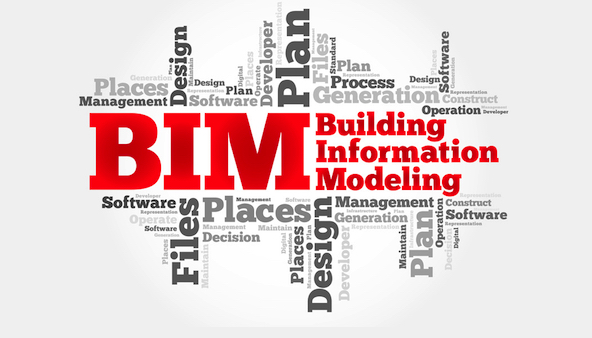As part of SIG – BIM in the modernization of buildings, a group of SPCleantech members is in the process of agreeing details on the possibility of using BIM technology in the modernization of buildings. At subsequent meetings, the group will select a building that could be used to implement a pilot project to modernize the building using BIM technology. Ultimately, the SIG – BIM in the modernization of buildings must decide on the financing of the developed solutions and develop an application for regional or EU centers to finance these activities. SPCleantech has adequate knowledge of available sources of financing for projects such as -NCBiR, Regional Operational Program, Horizon Europe, COSME, Erasmus + etc.
The group leader is Wojciech Stawowczyk from BLOK Architekci.
If you are interested in joining the group, please contact j.kahl@spcleantech.com.
Members of SPCleantech are currently participating in the meetings:
- BLOCK Architekci
- Małopolska Center of Energy-Efficient Construction of the Cracow University of Technology
- Faculty of Architecture, Cracow University of Technology
- NordicHouse
One of the main factors influencing the slow pace of modernization of buildings is the unavailability of digital models, which makes planning, costing and calculating the efficiency of works much more difficult.
BIM is a modern information management system for construction investment. Already at the design stage, a digital investment model is created, where it is possible to test various construction variants so that the entire process is the most effective and economical. This type of approach to the design and subsequent management of a building allows you to have constant control over the project and allows you to visualize various investment scenarios. Building Information Modeling (BIM) increases transparency and reduces costs and resource use.
BIM technologies are also applicable not only in the design and implementation of new investments. BIM can also be applied to existing facilities for which comprehensive IFC data is not available. Of course, this requires the creation of a BIM model on the basis of existing plans (paper 2D or electronic 2D / 3D), and in the absence of such plans (eg historic objects), many measurements or the use of, for example, 3D laser scanning techniques to pose – scanning spatial data and building a 3D model of the object. Such a model can be further supplemented with further data related to materials, operation, etc., creating a complete BIM model. In addition to using data to visualize an object or create a virtual walk around the object, such documentation can be extremely useful when planning the renovation of a historic building. BIM software such as Revit allows you to get all your teams working at an early stage. Such close cooperation also results in much more structured documentation.
 Most of the existing buildings are not energy efficient. Many of them use fossil fuels for heating and cooling, and use old technologies and wasteful appliances. Energy poverty remains a serious challenge for millions of Europeans. Overall, buildings account for around 40% of the EU’s total energy consumption and 36% of its greenhouse gas emissions from the energy sector.
Most of the existing buildings are not energy efficient. Many of them use fossil fuels for heating and cooling, and use old technologies and wasteful appliances. Energy poverty remains a serious challenge for millions of Europeans. Overall, buildings account for around 40% of the EU’s total energy consumption and 36% of its greenhouse gas emissions from the energy sector.



